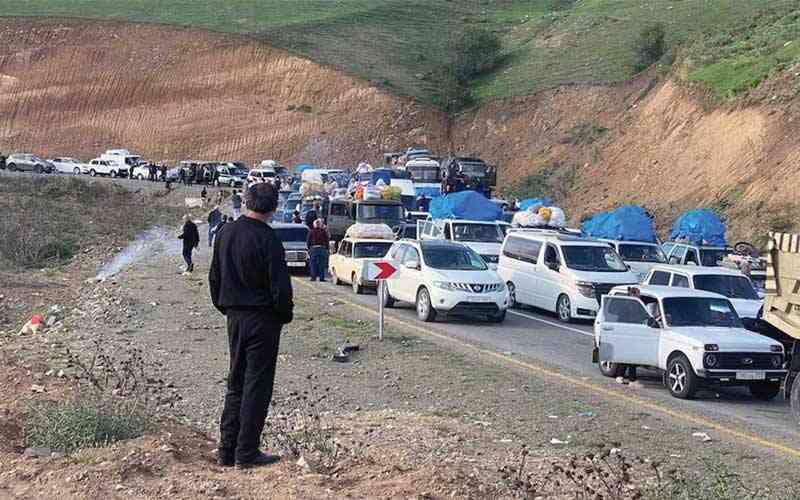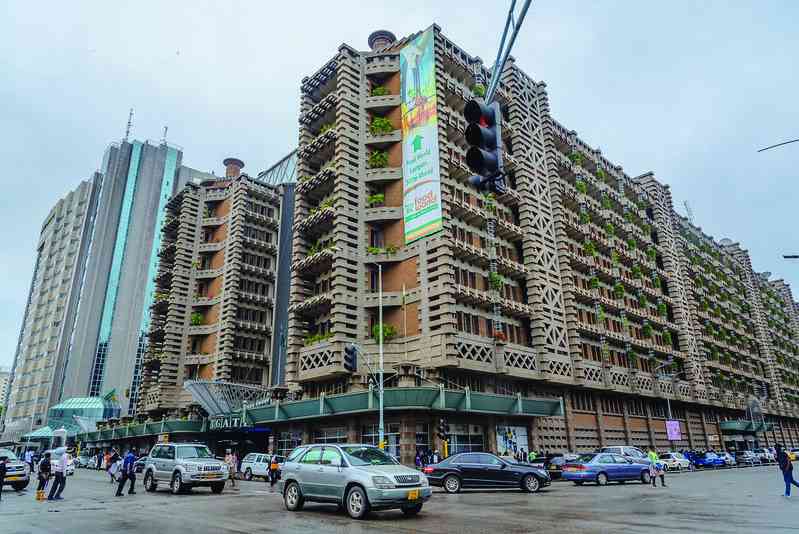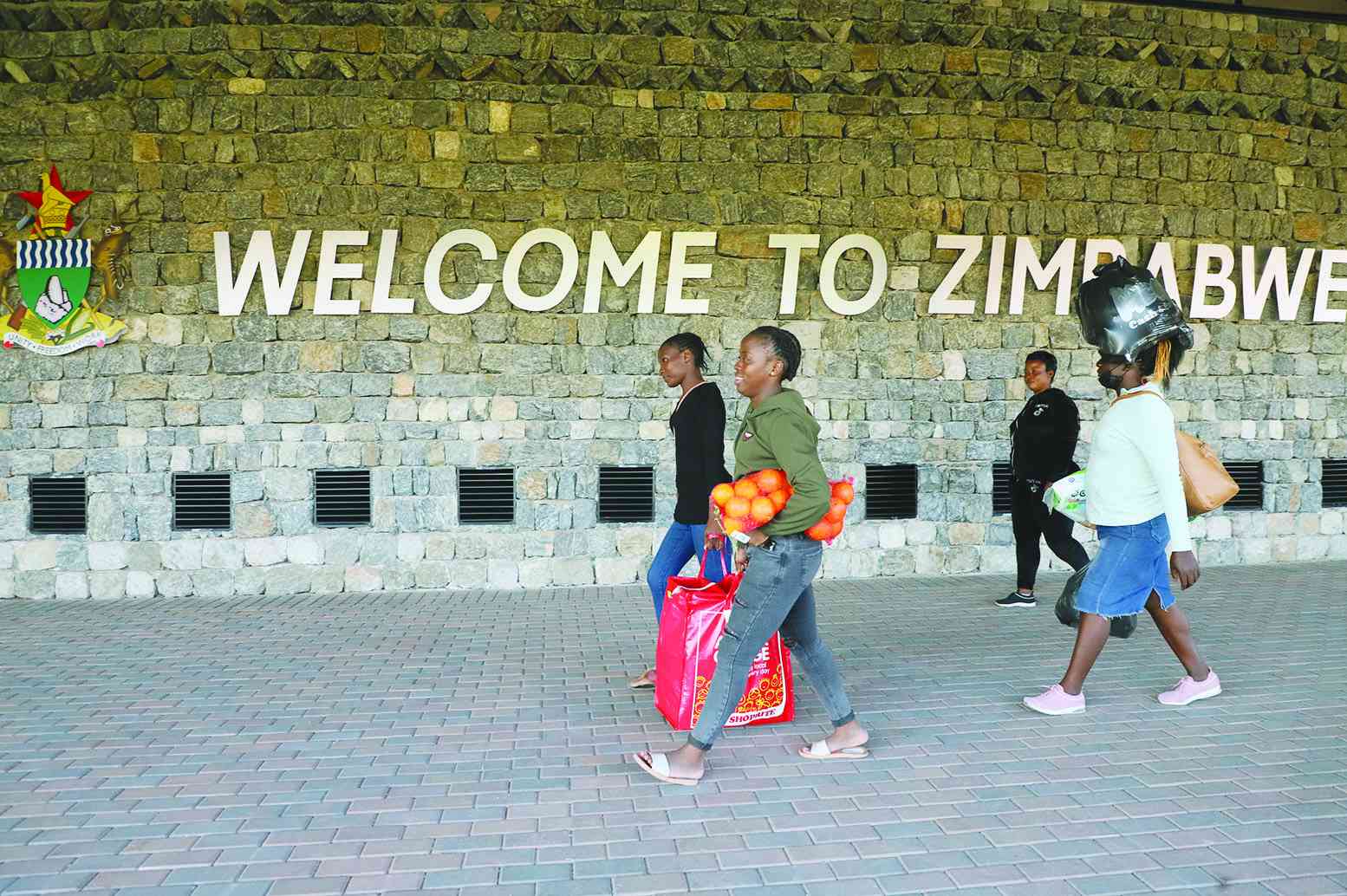
It is a tragedy, but it is not a genocide. In a single week, almost all of the 120 000 Armenians who lived in the enclave in western Azerbaijan called Nagorno-Karabakh have fled across the border into Armenia. Most say they don’t expect ever to go home again.
Yet there is something odd about the scene at the border-crossing point. They arrive in their own cars, piled high with their belongings and claim that they have been ethnically cleansed, but they don’t tell tales of horror and there is nobody chasing them.
Indeed, the Azerbaijani government officially says that they are welcome to remain, and it has allowed a United Nations fact-finding mission in to see what has been happening in the enclave. There have been no credible reports of harm coming to Armenian residents of the breakaway republic since the 24-hour war ended in an Armenian defeat on September 20.
The Armenian-only “Republic of Nagorno-Karabakh” will officially cease to exist at the end of the year, but the Azerbaijani regime stresses that the residents continue to have the legal status of Azerbaijani citizens.
Thirty years of hot and cold war is bound to have made the “refugees” nervous, but isn’t this mass exodus a bit premature?
Not if you listen to Nikol Pashinyan, the prime minister of Armenia (the actual country, not the enclave within Azerbaijan that has now been reclaimed by that country).
“This is a direct act of ethnic cleansing, something we had long been warning the international community about,” said Pashinyan.
Others go even further, using the word “genocide”.
- Letter to my people: The terrible optics from trip of shame
- Letter to my people: The terrible optics from trip of shame
- World View: Amernia: Not a genocide
- 2030 saga: Chickens are coming home to roost
Keep Reading
Luis Moreno Ocampo, for one: the former prosecutor at the International Criminal Court has just written a piece in the Washington Post condemning “the Armenian genocide of 2023”. His use of that phrase is intended to remind us of the Armenian Genocide of 1915, which is a real historical fact.
If I were Pashinyan, trying to make the best of a really bad hand, that’s the resonance I would be aiming for too. In 1915, during the First World War, the Ottoman empire deported up to two million Armenians from eastern Turkey and marched them over the mountains to Syria. Around half of them were killed or just died of exhaustion and exposure.
The circumstances now are very different — for one thing, there is no killing going on — but there are resonances. Azerbaijanis are closely related to the Turks: if you speak Turkish, you can understand Azerbaijani. Both countries are Muslim, and the Turks sell arms to Azerbaijan.
It’s not a lot to work with, but Pashinyan has to go with what he has got, so he says “ethnic cleansing” and leaves it to “useful idiots” elsewhere (like Moreno Ocampo) to say “genocide”. But saying it doesn’t make it true.
Something closer to the truth was voiced by David Babayan, an adviser to Samvel Shahramanyan, the erstwhile president of Nagorno-Karabakh: “Our people do not want to live as part of Azerbaijan. Ninety-nine point nine percent prefer to leave our historic lands.”
And so it has come to pass.
For it to have ended any differently, history would have had to change starting when the old Soviet Union began to collapse in 1989. Both Armenia and Azerbaijan were Soviet “republics”, and each new country contained a significant minority of the other group. When Moscow’s rule weakened, local clashes began and grew into a full-scale ethnic war.
It was about 170 years since either people had been free from Russian rule, but the borders that emerged in 1994 were essentially the ones that were drawn by Joseph Stalin in the 1920s. This left many Armenians and Azerbaijanis in the “wrong” place, a problem that was resolved mainly by mutual ethnic cleansing.
About 350 000 Armenians had fled Azerbaijan by the ceasefire of 1994, and 186 000 Azerbaijanis had fled from Armenia. In one area, however, the Armenians triumphed: in the Armenian-majority enclave of Nagorno-Karabakh in western Azerbaijan, not far from the Armenian border.
Not only were all 48 000 Azerbaijanis living in Nagorno-Karabakh driven out. So were at least half a million Azerbaijanis from all the areas around Nagorno-Karabakh, creating a broad unpopulated buffer zone and including a direct land link with Armenia.
That exclusively Armenian enclave was never recognised by any sovereign state, not even Armenia, although the latter helped it a lot with arms and money in the early days. It was decisively defeated by the Azerbaijan army in 2020, and only saved by a Russian-mediated ceasefire.
The Russians are too busy in Ukraine now, so last month the Azerbaijanis collected their winnings. And all the Armenians of Nagorno-Karabakh are leaving without even waiting to find out if the victors will keep their promise to treat them like any other Azerbaijani citizens. It’s not a genocide, but you could call it ethnic auto-cleansing.
- Dyer is a London-based independent journalist. His new book is titled The Shortest History of War.










